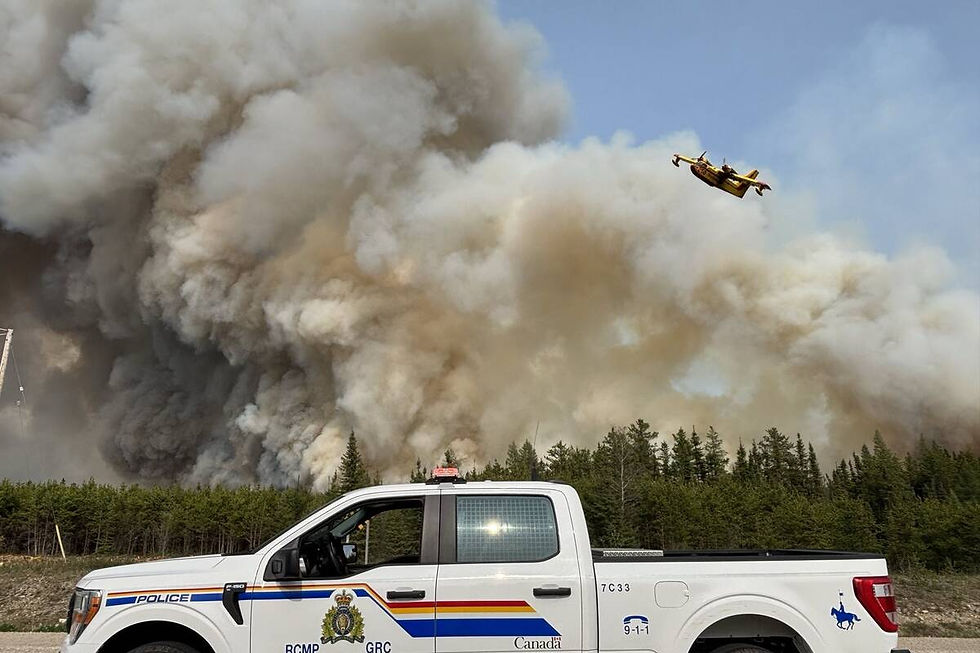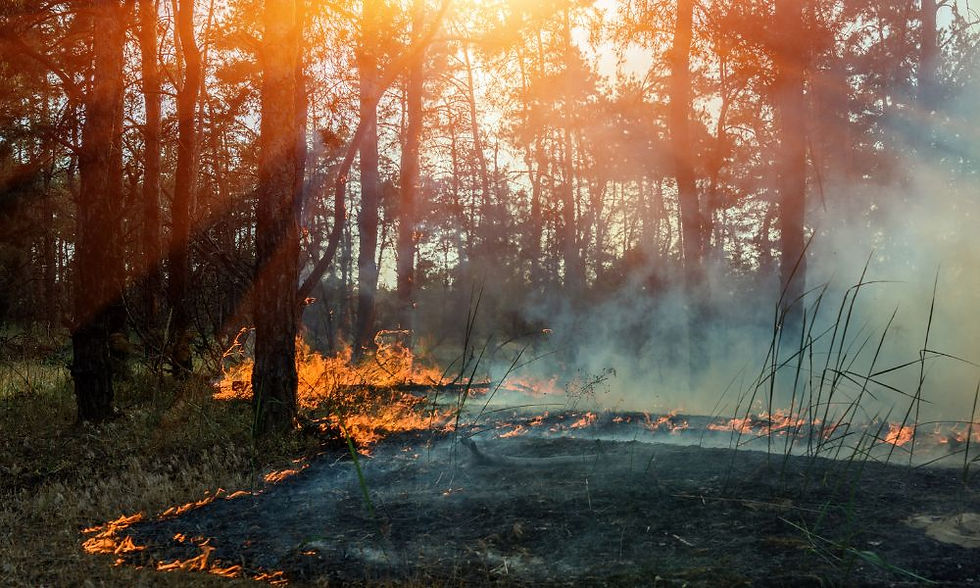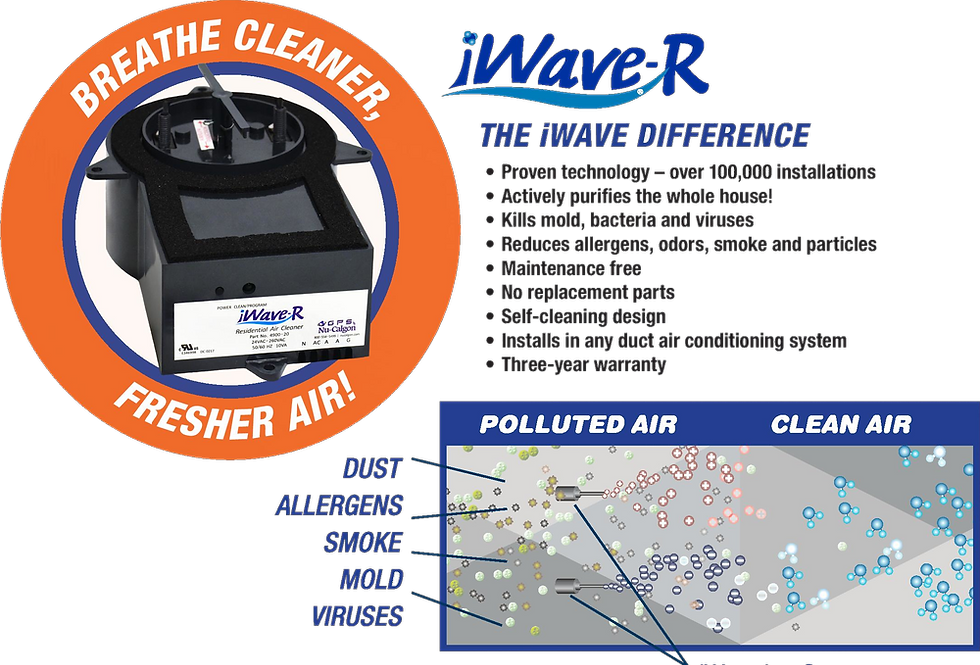Understanding the Risks and Protecting Your Indoor Air Quality at Home
- Tradesman Mechanical
- Aug 8
- 3 min read

Understanding the Risks and Protecting Your Indoor Air Quality at Home. Wildfire smoke has increasingly become a pressing health concern for residents of Manitoba. In recent years, the province has experienced numerous air quality advisories as smoke from wildfires drifts into urban and rural areas, turning once-clear skies into a persistent haze. While public health experts often recommend staying indoors as a protective measure, this advice may not offer as much protection as it seems, especially given the realities of modern home ventilation systems.
The Health Risks of Wildfire Smoke
Wildfire smoke is a complex mixture of gases and fine particles produced when wood and other organic materials burn. These tiny particles, known as PM2.5, are small enough to penetrate deep into the lungs and even enter the bloodstream. Exposure to wildfire smoke can cause a wide range of health issues, including:

Respiratory irritation and coughing
Aggravation of asthma and chronic bronchitis
Increased risk of heart attacks and strokes
Reduced immune function and greater susceptibility to infections
Worsening of existing cardiovascular and respiratory illnesses Children, seniors, and those with pre-existing conditions are especially vulnerable, but even healthy individuals can experience symptoms during periods of heavy smoke.
The Limitations of Standard Home Ventilation Systems
Many Manitoban homes are equipped with air exchange systems—commonly referred to as HRVs (Heat Recovery Ventilators) or ERVs (Energy Recovery Ventilators). These systems are designed to bring in "fresh" outdoor air while exhausting stale indoor air, a process that works well under normal circumstances. However, during smoke events, the "fresh" air being drawn in is actually contaminated with smoke particles and harmful gases.
Standard HRV or ERV systems typically include basic filters, but these are limited in their ability to capture the fine particles present in wildfire smoke. Most are designed to catch dust and larger debris, not the minuscule PM2.5 particles that pose health risks. As a result, wildfire smoke can easily infiltrate homes, even when windows and doors are closed, compromising indoor air quality.
The iWave Unit: An Effective Solution

To address the shortcomings of standard filtration, many homeowners are turning to advanced air purification technologies, such as the iWave unit. The iWave is an air-cleaning device that can be installed within your existing HVAC system. Using needlepoint bipolar ionization, it helps reduce airborne particles, neutralize allergens, and even inactivate certain viruses and bacteria. Most importantly for wildfire smoke, the iWave is designed to substantially reduce the levels of fine particulate matter in the air.
Some of the benefits of adding an iWave unit include:
Enhanced reduction of tiny smoke particles that evade standard filters
Improved overall indoor air quality, making your home safer during wildfire events
Reduction of odors and volatile organic compounds (VOCs) brought in with outdoor air
Low maintenance, with no need for frequent replacement parts
Next Steps: Protect Your Home and Family

If you are concerned about the air quality in your home during wildfire season, consider upgrading your air purification system. The iWave unit is a powerful add-on that can make a significant difference in keeping your indoor air safe.
For Manitobans living with asthma, chronic illness or similar health conditions, the province’s commitment to accessible air purification devices offers far-reaching health and quality-of-life benefits. While the application process will require the prescription of your doctor, the potential for full coverage of devices like the iWave makes essential air quality improvements attainable for those who need them most.
Contact us today for more details about the iWave and other solutions tailored to your home. With the right equipment, you can maintain healthy indoor air quality—even when the world outside is smoky and uncertain.





Bình luận